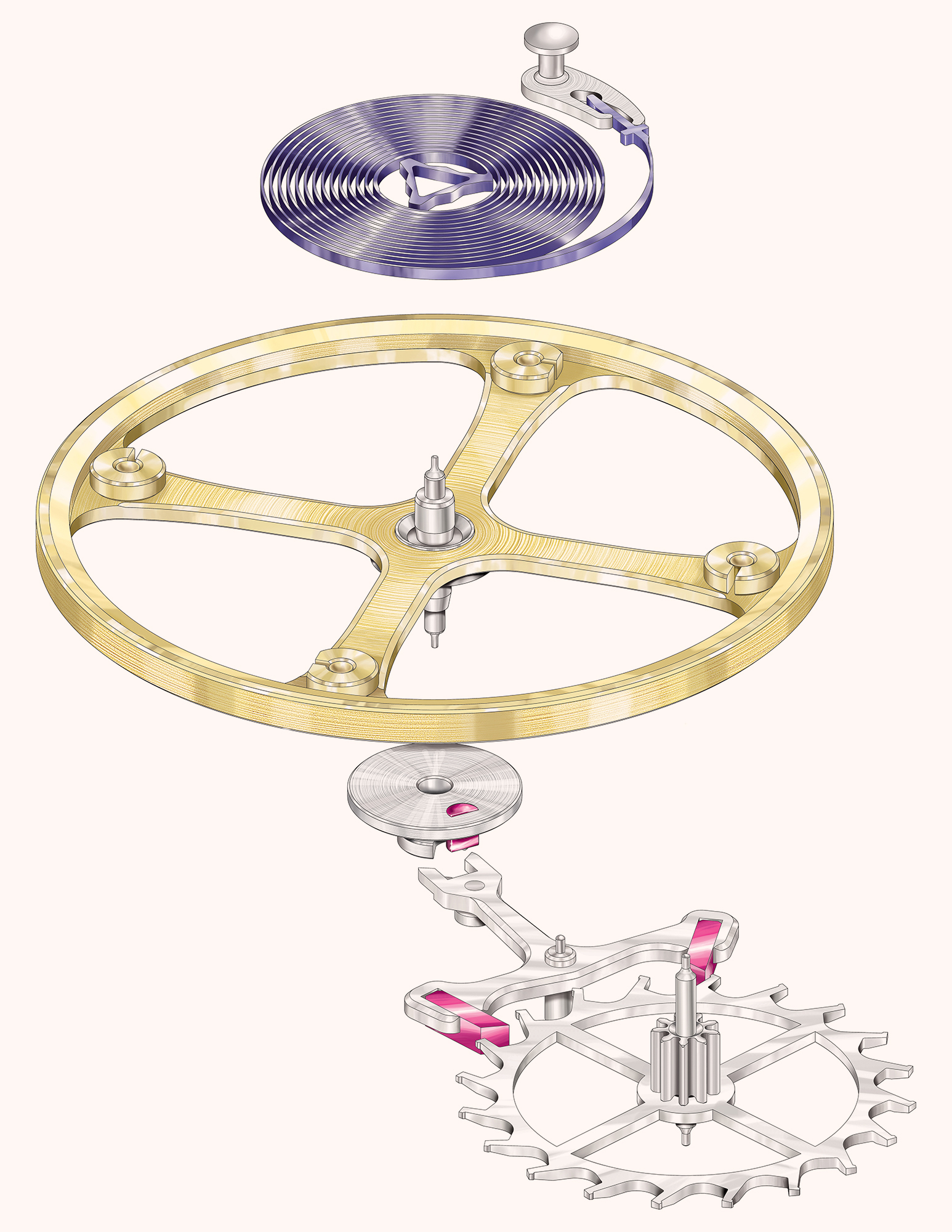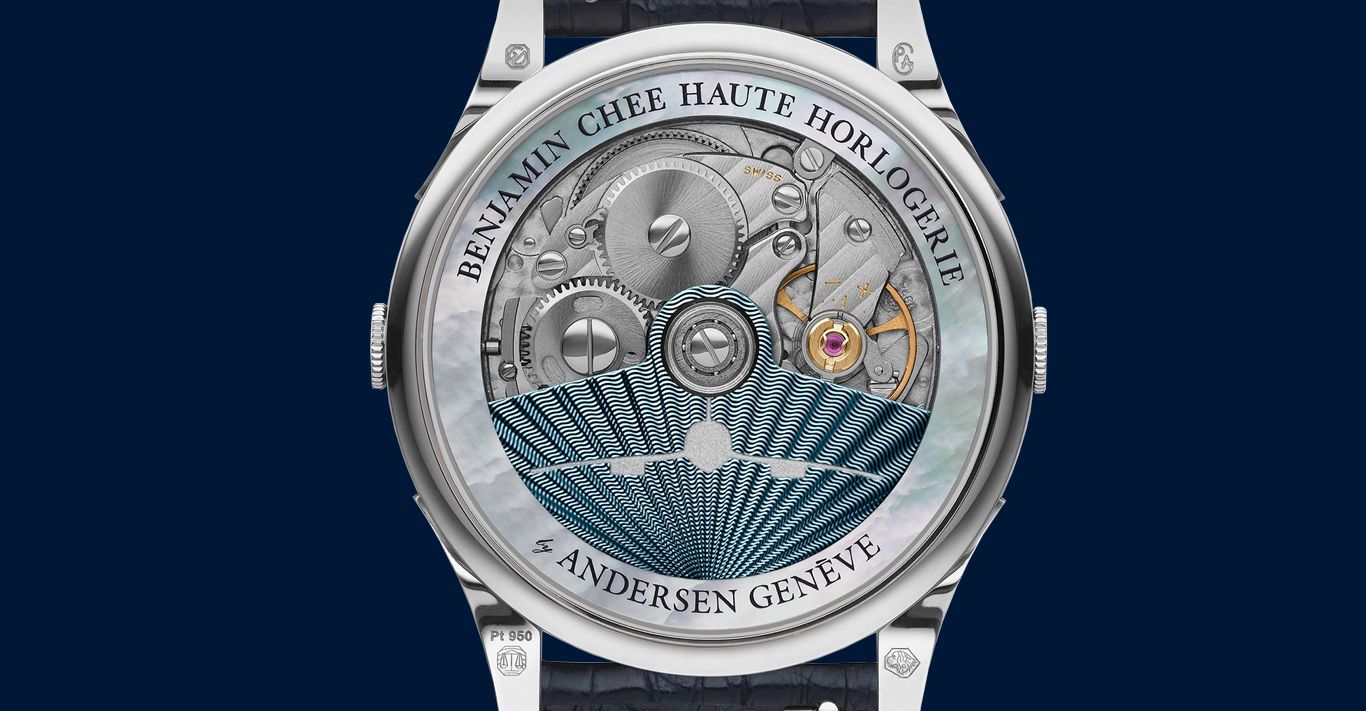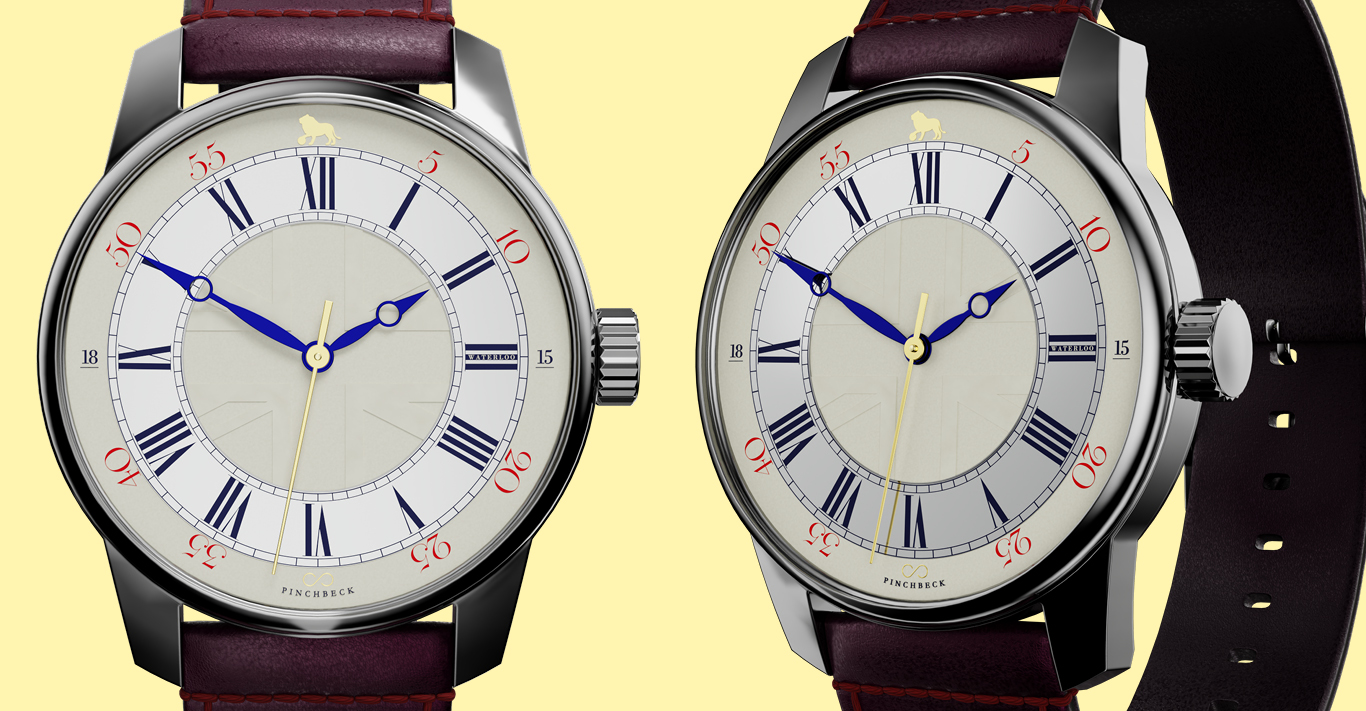WORDS
Laura McCreddie-Doak
Having made a name for itself as a purveyor of fine classically designed timepieces, Patek Philippe also has a seriously technical aspect to its horological personality. Back in the mid-Noughties, it had the foresight, along with Rolex and the Swatch Group, to support research into silicon at the Centre Suisse d’Electronique et Microtechnique (CSEM); a move that led to Patek Philippe eventually going it alone and releasing watches that showcased its innovations in silicon with the words “Advanced Research” on the dial. These were the models that housed its first silicon escape wheel, balance spring, lever and escape wheel and balance wheel, culminating in the Perpetual Calendar Ref 5550, which had the entire complement of regulating organs – escape wheel, lever, balance spring and balance wheel – made entirely from silicon; something the brand referred to as the Oscillomax.
After a six-year hiatus, Patek Philippe wowed the crowds at this year’s Baselworld with the latest member of the Advanced Research family – the Aquanaut Ref 5650. This was a watch that contained two major innovations, as well as breaking with tradition and putting a cut-away at nine o’clock on the dial to reveal it (and this is a brand that doesn’t even show its tourbillons). One was a silicon balance spring with a terminal curve and inner boss and the other, revealed on the dial, was a new travel-time compliant mechanism. Here’s a closer look.

Travel Time (lead image)
Compliant mechanisms aren’t new, but they aren’t often used in watches as the size of the parts and the thinness of the metal isn’t conducive to exibility. The structure on the left might look like an animatronic claw, but this is how the travel time is changed in this watch. When either pusher is depressed, the mechanism bends to allow the claw-like element to move the wheel backwards or forwards. There’s even an isolator – the section of metal in between the two screws – that means if you accidentally push both buttons the mechanism shifts to block the left claw to give the right priority. The usual 37 parts have been reduced to 12. There is now no mechanical play, which means that, along with no need for lubrication, there is less to go wrong, so fewer trips to the servicing centre.
C FUS Escapement
By ddling with balance springs Patek Philippe has managed to make this watch accurate to a mean rate of -1/+2 seconds per 24 hours. The key is the addition of Patek’s “inner boss”, which makes the spring’s oscillations much more even, immediately improving the accuracy of the watch. The 18th- century chronometer maker John Arnold was the rst to realise creating a bend in the balance spring would allow for more regular oscillations. This was improved on by Breguet, mathematically codi ed by Phillips and then, in 2006, Patek added a bulge to the outer coil of the spring, to add symmetry to its “breathing” but there were still uctuations. So Patek added a little bit more thickness to a section of the spring near the centre, making it the rst brand to change the inner geometry of a hairspring.




